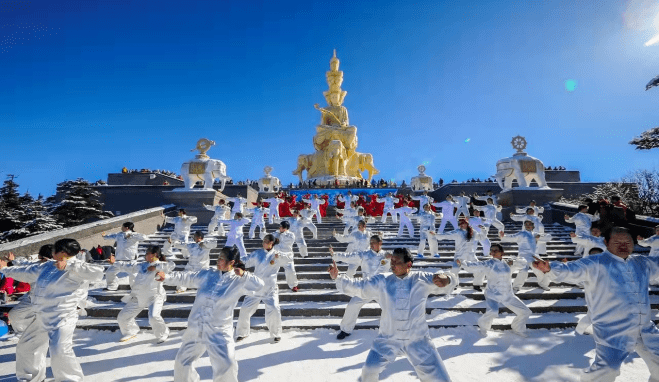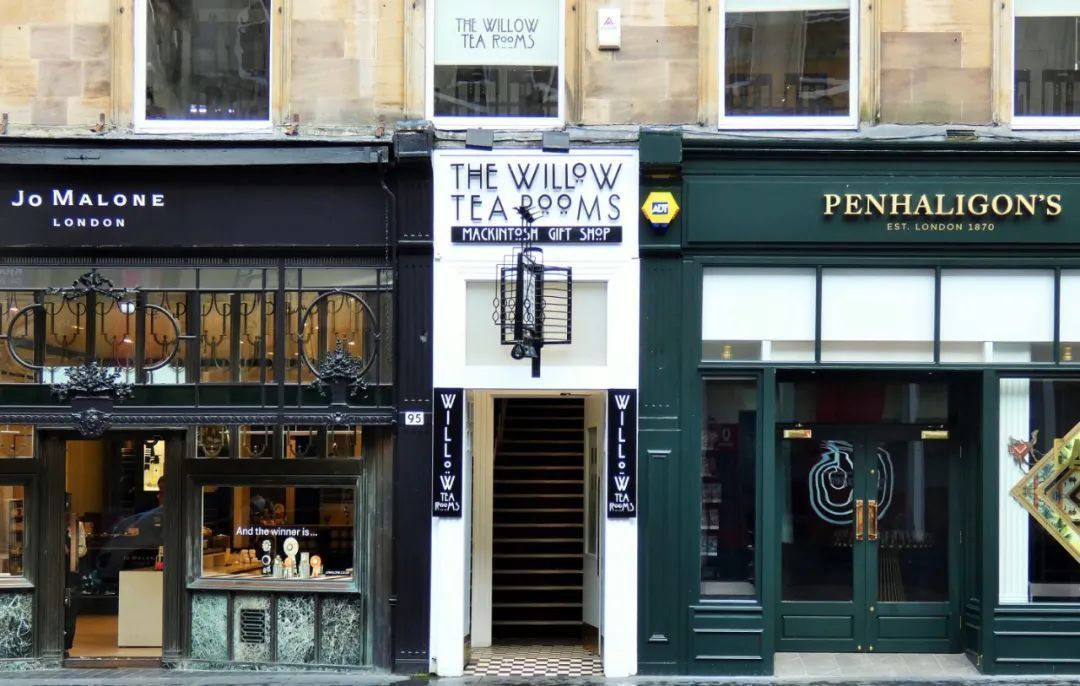Wang Ye Jie the Red Mansion — the association between the Cao Xueqin family
Author:Primary and secondary educatio Time:2022.08.25
Wang Ye Xiehong Building (1-3) -The association with the Cao Xueqin family
Guide:
The text of the Qing Dynasty was fierce. The old and young people in the Ming Dynasty should write an article to comment on the Ming Dynasty. But if there are more people, it becomes "clearly". For example: "Fire, Yan, Lantern, Lantern Festival (Lantern Festival) ', etc., refers to the Ming Dynasty. This section also briefly describes the experience of Cao Xueqin and Cao family, and summarizes the simplified line of the Cao family.
Chapter 1 Interpret the key of "Dream of Red Mansions" -Lian and Ling
1.3 Section Code and Cao Family
Last time we summarized Xiang Ling's simplified line and found that Cao Xueqin used the signature system. In the interpretation of the size, we can know that Xiang Ling is from the Ming Dynasty. First of all, explain what is the clear system. The text of the Qing Dynasty was cool. Anyone involved in the "Ming Dynasty" was often expressed in secret words. But there are more people who use it, and more people know, and they have become open secrets. Such a text game, before Cao Xueqin, many people played, and mainly referred to the people or things of the Ming Dynasty, which is called "Ming Yin". If you go back to the Qing Dynasty, you write novels, or write articles, you want to express people or things in the Ming Dynasty, and you can't directly write the Ming Dynasty. What should I do? You can only use some other words instead, similar to some network rice to eat ... you know.
Ming Dynasty: fire, inflammation, lantern, lantern festival (Lantern Festival); things that can be raw, wood, etc.
Zhu (the emperor's surname Zhu): red and red flowers, objects, etc., such as rouge, plum blossoms, peach blossoms, pomegranates ...
Disassembling method: "Zhu" disassembled into "Niu Eight" and so on;
Destiny of the Ming Dynasty: March and Three Spring. Regarding this one, although it is included in the clear code system, there are relatively few people who know. We will explain in detail later, not for the time being.
The conclusion is that Xiang Ling is from the Ming Dynasty, which was born at least in the Ming Dynasty. Some people said: "Slowly, why do you have to conclude, saying Xiang Ling is from the Ming Dynasty?" Then we repeat the simplified line of Xiang Ling again:
Watch the lights of the Lantern Festival, lost; —— March, the temple was affected by the fire and the home was burned; —— was robbed by Xue Yan; ——The brow heart has rouge moles; -
The Lantern Festival watch the lights, and the "Lantern Festival" refers to the Ming Dynasty, and the "lost" happened in the Ming Dynasty; "March": Refers to the death of the Ming Dynasty; Everything happened after the Ming Dynasty died. Cao Xueqin made Xiang Ling "a rouge mole", which told the reader: Xiang Ling brought his identity and never wiped out the mark of the Ming Dynasty (or Han, different from the Manchu).
If Xiang Ling is from the Ming Dynasty, it has nothing to do with Cao Xueqin himself, because Cao Xueqin was already in the Qing Dynasty when he was born. So is it possible for Xiang Ling to be from the Cao Xueqin family? One of his aunts or grandma? In order to explore whether Xiang Ling has some connection with the Cao family, the basic situation of Cao Xueqin and Cao family is briefly described as follows:
Cao Xueqin's five ancestor Cao Xiyuan was originally an intermediate general of the Ming army. In 1621 (the first year of the first year; six years after the golden destiny), Nurhachi attacked the Shenyang and Liaoyang area. Cao Xiyuan and his son Cao Zhenyan were defeated and captured. The Cao family was robbed many times between the Eight Banners of the Qing Dynasty. Coated, Manchu, is also a slave.
In 1644 (the seventeenth year of Chongzhen; the first year of Shunzhi in the Qing Dynasty), the Cao family entered the customs with Zhengbaiqi and participated in some columns, including the Datong Battle and the subsequent riots.
In 1651 (the eighth year of Shunzhi), Zhengbaiqi was collected by the emperor (at this time Dole was dead). It was managed by the emperor Shunzhi himself. Like the Zhenghuang flag and the yellow flag, it became the upper three flags.
From 1652-1656 (nine to thirteen years of Shunzhi), Cao Zhenyan served as Datong. The post officials to the two Zhejiang transfer salt envoys, salt law and other positions. Cao Xi (the eldest son of Cao Zhenyan), also known as Cao Eryu, supervised Jiang Ning weaving in 1663 (second year of Kangxi).
In 1684 (23rd year of Kangxi), Cao Xi died of illness in Jiangning and weaving at the age of 65. Cao Xi's wife was Sun. Cao Yin (Cao Xi's sister -in -law, 1658-1712), his mother's surname was Gu. Because of the aunt's grandson, he was a nanny for Kangxi, and since then, he created the opportunity of the Cao family's close contact with Kangxi.
In 1690 (29th year of Kangxi), Cao Yin was assigned by Kangxi as Suzhou. Three years later, he moved to Jiangning Weaving. During this period, Cao Yin widely took over Jiangnan scholars and celebrities. In 1704, Cao Yin concurrently served as the history of the two Huai patrols.
In 1705, Kangxi toured the south and ordered Cao Yin to compose the whole Tang poetry. Cao Yin set up the "Yangzhou Poetry Bureau" at Tianning Temple in Yangzhou. After more than a year, he included 40,000 Tang poems and 900 volumes. Later, Feng Kangxi's will, edited the book "Pei Wenyunfu". The so -called book is equivalent to encyclopedia.
In the summer of 1712, Cao Yin suddenly suffered from malaria and died soon. In the same year, Cao Yin's son Cao Yan replaced Jiang Ning weaving.
In 1715, Cao Yan died of illness. Because Cao Yin has no other son, he can inherit the position of the Cao family. For this reason, after Li Yan's report, Kangxi became the master, and Cao Yin's nephew Cao Ling was the son of Cao Yin, and he was weaving as Jiang Ning.
In 1715 (around, controversy), Cao Xueqin was born. In early 1728, the fifth year of Yongzheng, the emperor Yongzheng ordered the investigation of Jiang Ning weaving. The Cao family hundreds of people were banned. The family property was appreciated to Sui Hour. At this time, Cao Xi's first Ren Jiangning weaving has lasted about sixty -five years.
In the autumn of 1728, the Cao family moved to Beijing and lived outside Chongwen Gate. There were 17 and a half houses. Cao Xueqin entered the "Xian'an Palace Government Studies" in the Qing Dynasty's Internal Affairs House. Cao Xueqin was a teacher at the right -wing middle school (now the site of Beijing Sanzhong School, and was said to be the former site of the Mongolian School). Dunmin and Duncheng are the fifth grandson of Nurhachi's twelfth son Azig. In the early years of Qianlong, Cao Luan was briefly enabled, and then fired again. The Cao family was copied again. The Cao family has been stunned since then. Cao Xueqin avoided living in Beijing Xishan Zhengbaiqi Military Camp. In 1746 (eleven years of Qianlong), Cao Xueqin was about 30 years old and wrote a dream of Red Mansion. In the autumn of 1759, Governor Yin Jishan, Governor of Jiang, invited Cao Xueqin to go to Nanjing as a curtain. Back to Beijing a year later. Dunmin has poetry as evidence. It is said that during this period, Cao Xueqin found a second lady in Nanjing, and it was likely to be her distant cousin. In the autumn of 1763, Cao Xueqin's son infected an epidemic and died soon.
In the winter of 1763 (28 years of Qianlong), Cao Xueqin died at the age of 48. There are also different time for Cao Xueqin's death. In addition to 1763, some said in 1762, and some said it was 1764 and early years.
After checking it for a long time, no one seemed to have verified: The Cao family had such a woman who had been trafficked and experienced similar to Xiang Ling. Have to give up.
Suddenly, I suddenly thought that the Cao family also raised a simplified line? Before the death of the Ming Dynasty, they were defeated and captured; —— The Ming Dynasty died, and the "home" was gone; —— was snatched by the Zhengbai flag to make clothes; ——From the Qing army to enter the customs, participate in a series of wars and massacre Atrocity; -Canxi was sent to Jiangnan during the Kangxi period to serve as Jiangning weaving; -Cao Yin made up Jiangnan literati and presided over the compilation of the collection of Tang poetry; —— Although he has participated in atrocities and has a loss of famous festivals, he actively participated in cultural activities and got a certain amount of some of them. The recognition of the degree; —— Five years of Yongzheng, he was copied; ——Alina was hit again in the early years of Qianlong, and the family has been in a slump since then. Cao Xueqin wrote as "Dream of Red Mansions" and passed on to future generations.
Compared to find that Xiang Ling's simplified line is highly consistent with the Cao family's simplified line! Is Cao Xueqin's anthropomorphicization into Xiangling? Some unexpected! Originally imagined: Xiang Ling's prototype should also be a beauty ... This would be Cao Xueqin's secret after taking such a large circle?
If you want to know about the funeral, please listen to the decomposition next time.
references:
[1] Cao Xueqin, Gao Xun, Zi Yanzhai, Wang Xilian commented, 2009. Red Mansion Dream. China Book Company, Beijing.
[2] Hu Shi, 2015. Beijing Press, Beijing.
[3] Zhou Ruchang, 2012. New Certificate of Dream of Red Mansion. Translation Lin Publishing House, Nanjing.
[4] Gu Cheng, 2022. Nanming History. Beijing Daily Press, Beijing.
[5] Zhang Tingyu et al., 1974. Ming history. China Book Company, Beijing.
[6] Written by Zhao Erzheng, 1977. Draft for Qing Dynasty. China Book Company, Beijing.
- END -
[History and Culture] Emei martial arts source far flowing ‖ Wei Yixiong

Emei martial arts source is long and longWei YixiongTo this day, the Emei martial ...
International Museum Observation (5) Liucha: Museum that can be tasted

Original Author: Ren BaihuaNotice! Intersection Intersection Never reprint without...
